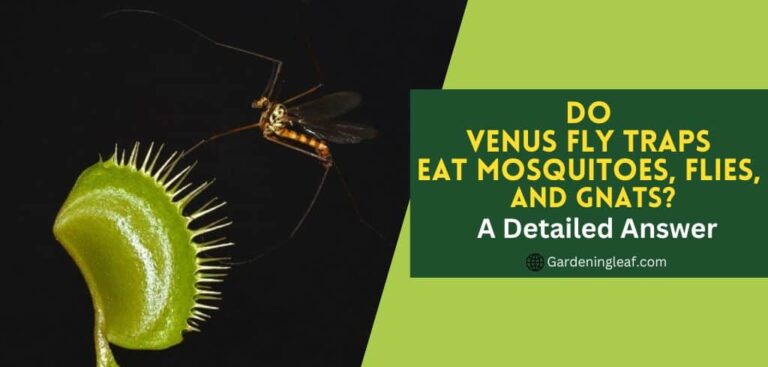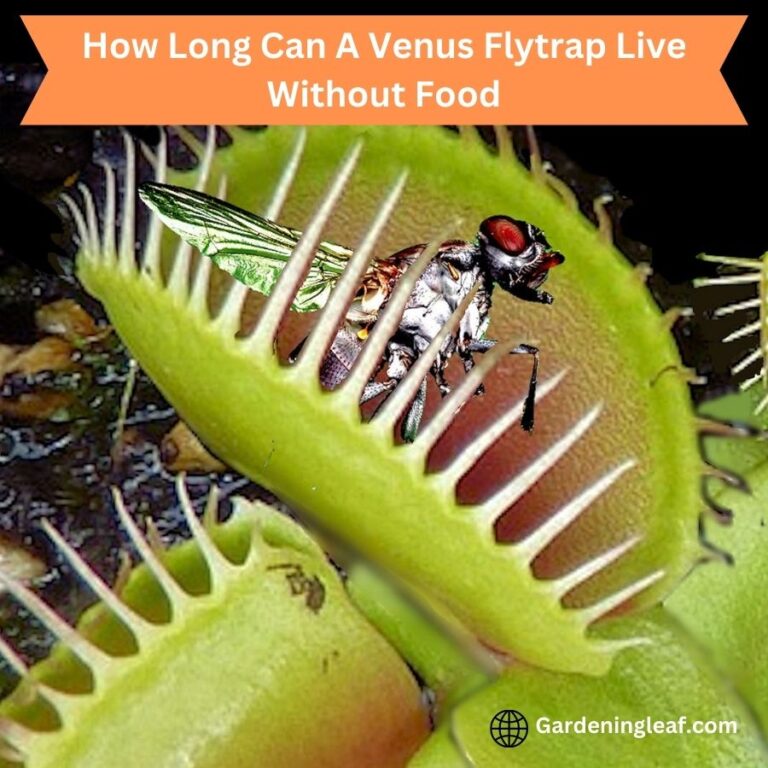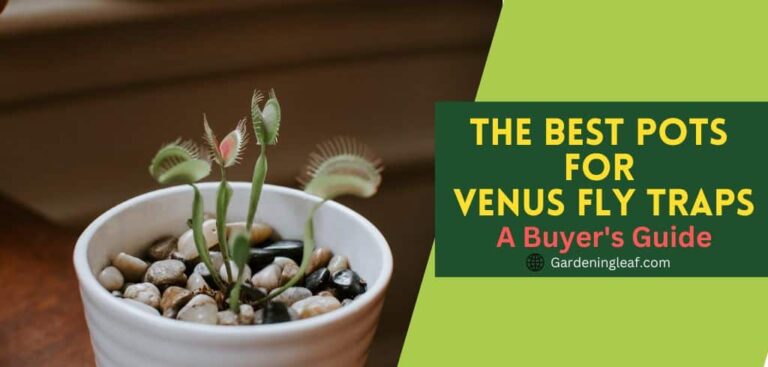Should You Cut Off Black Venus Fly Traps?
If you own a Venus flytrap, you face a problem that leaves turn black and dies off.
If you own pitcher plants for the first time, you may be confused about why things happen and what you should do now. Should you cut off black venus fly traps?

First, I want to clear a myth that turning leaves black doesn’t mean your plant is dying.
Second, it is purely a personal choice whether one should cut Off Black Venus Flytrap’s leaves or not. Some people might think it’s a good idea to leave the fly traps in place because they believe removing them will damage the plant. But I prefer to cut off the Black leaves. Because if the plant sustains those black leaves, some chances of fungal infection will persist.
Whether you cut off black venus flytraps depends on your preference. The traps can be left in dormancy for many years and eventually sprouts new growth if not destroyed.
Reasons Venus Fly Traps Turn Black
The black leaf of the venus flytrap is a dead leaf. If you’re noticing black Venus fly traps turning black, it’s important to determine the cause.
Venus fly traps can change from green to black for several reasons. They run out of pests, which is the most frequent reason. If you’re seeing black spots all over your fly traps and aren’t getting proper food, it’s probably time to start fresh with a new batch of food.
A possible reason is environmental factors like temperature fluctuations or changes in humidity levels. If this is the case, changing the environment of your Venus Fly Trap will probably resolve your issue. For example, if it’s warm outside and humid inside your house, you may want to move your fly trap into another room where these conditions suit it.
Another possible reason is when watered with tap water. Only water your plant with reverse osmosis, distilled or rainwater. Some other common causes are over polluted air quality, poor drainage, poor growing conditions, and overfeeding the traps.
Also read: Best Ways How To Stop Plant Pots Falling Over In Wind
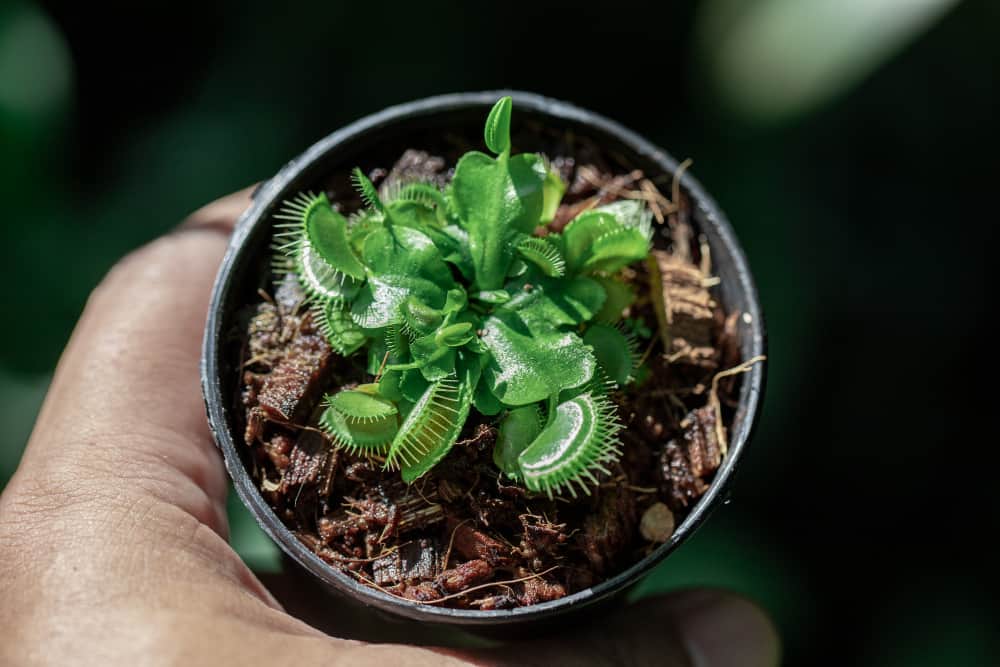
Should you cut off black venus fly traps?
If you ask my opinion, I will always prefer to remove any black venus fly traps, but I understand some people may feel differently.
It depends on individual choices. Pruning them makes them more appealing and cleaner and too much dead foliage will probably shield the plant from the sun’s UV rays.
Because it can accumulate excessive dust and prevent the plant from receiving as much UV as it needs, it is essential to remove dead matter after dormancy has ended.
If you have black Venus fly traps in your home, it’s probably safe to trim them as needed. Just keep an eye on their environment and adjust what you’re doing if necessary.
How Do I Trim Black Venus Flytraps?
To trim black venus fly traps, ensure you have the right tool for the job. Some people prefer to use an axe, while others prefer a saw. To prevent further harm to the plant, use the appropriate blade for the task. Something that can cut through the plants’ tough stems if required..
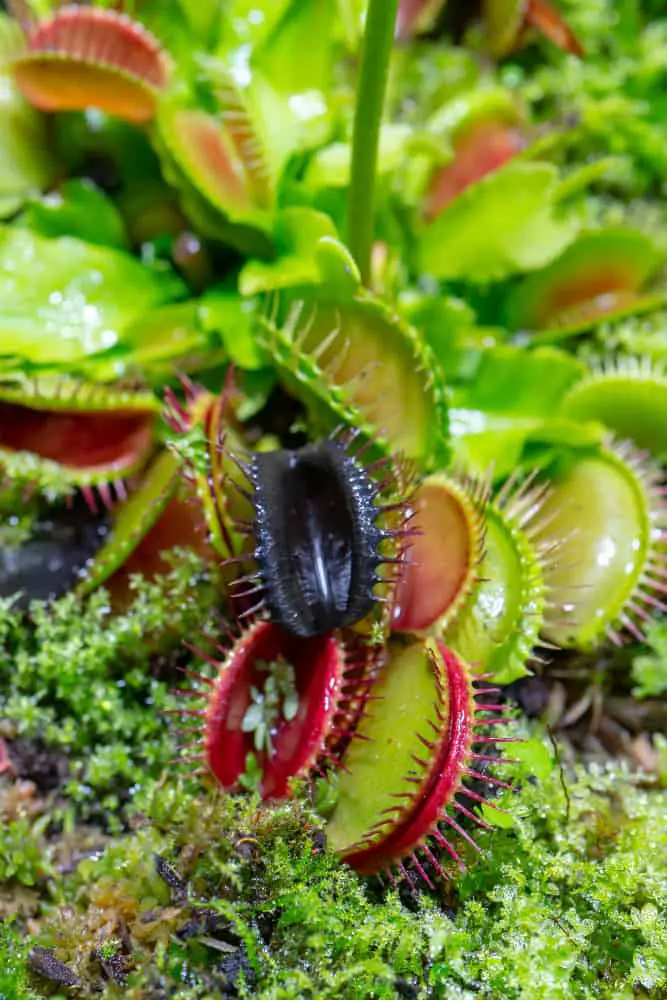
Venus flytrap scissors or regular scissors work best to trim the dead leaves of the venus flytrap root system. It is a straightforward method for this or any other plant. There are no sharp points required from these scissors; it only has round blades,
To Trim black Venus fly traps, follow these steps:
1. Remove all of the dead leaves around the root system
2. Cut off tough stems blocking drainage or sunlight to the plant and use caution around the bulb and the healthy leaves nearby.
3. Make sure to evenly trim all of the leaves and roots to create a neat, healthy venus flytrap
4. Re-potting is not necessary for black Venus Fly traps as long as the soil has good drainage and they are kept out of direct sunlight
5. A trimming once every 6 to 12 months should be sufficient to keep black Venus fly traps in good condition.
How do I know if my Venus flytrap is dying?
It’s always a good idea to monitor your carnivorous plant, especially if you’re not sure it’s doing well. There are a few signs indicating that your plant may be dying, and it’s vital to take action before it’s too late. If you notice any yellowing leaves, dried-out tips on the trap, or decreased growth rate, it’s time to take your plant down.
Additionally, it’s a good idea to take pictures of the Venus flytrap before and after removing it to visualize the area. Finally, be careful when eliminating plants – ensure you have a safe way to do so and that you’re familiar with the necessary steps if something goes wrong. If you’re not sure whether or not to remove your Venus flytrap, wait until the next Growing season to evaluate its health.
Also read:- How to Grow a Venus Fly Trap from a Seed
Frequently Asked Questions
What happens if a Venus flytrap bites you?
Nothing happens. The plant doesn’t try to digest you, although it will absorb some nutrients.
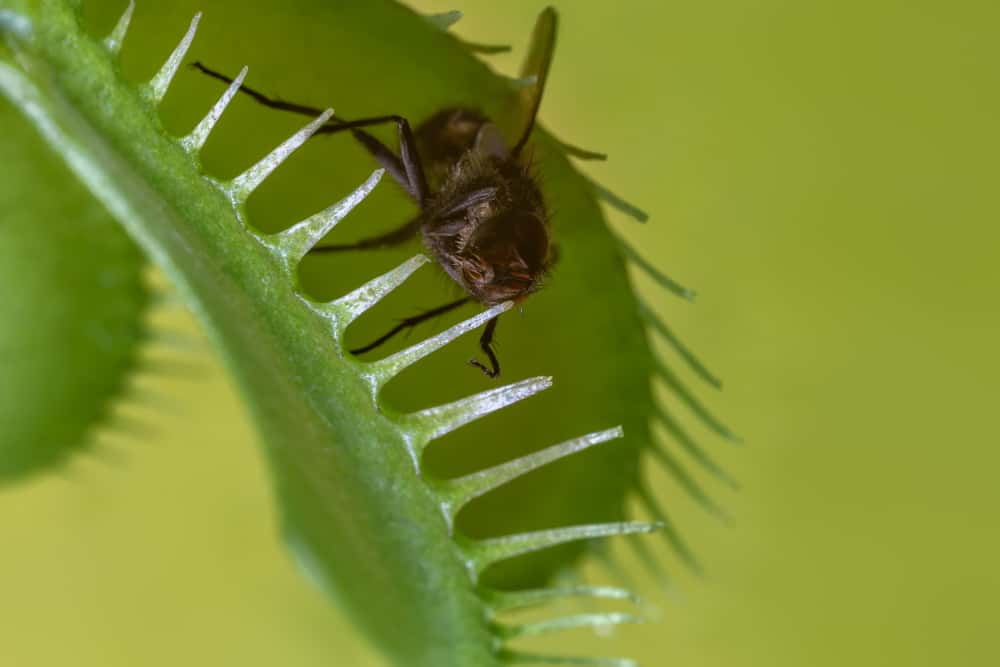
Flytraps don’t have teeth, so they can’t bite anything. They have two modified leaves (called ‘trigger hairs’). When prey comes into contact with them, the trigger hair gets activated. When the trigger hairs are activated, they cause the rest of the leaf to close around the victim. To aid the flytrap’s digestion of its meal, the plant emits enzymes that start the prey’s digestion.
It would be best if you took measures to be cautious near a Venus flytrap. Since they lack teeth, if you’re not careful, their modified leaves can be sharp enough to pierce the skin. Never put your fingers in their mouths while closing, or you could get stuck.
Can I have a venus flytrap at home?
Yes, you can have a venus flytrap at home. Like many other plants, black venus fly traps require a little water to function correctly. However, they can live without water for prolonged periods. To avoid harming the plant, it is best to remove the traps. Especially if you’re not going to be using them and dispose of them in an environmentally friendly way.
Is it normal for Venus fly traps to turn black?
Yes, it is normal for Venus flytraps to turn black. Many leaves will turn black and die during the plants’ winter resting phase. The plant will produce new growth in the spring, so don’t worry too much about your flytrap dying!
Conclusion
In the end, it is your personal choice if should you cut off black Venus fly traps. I trim mine as needed or leave them alone.
In case you are in doubt about whether a plant should be cut or not, ask a professional from your local garden center. They will know how fast things change with each passing day and the best steps to take when faced with such situations.
Source :- https://en.wikipedia.org/wiki/Venus_flytrap https://www.britannica.com/plant/pitcher-plant


